Seemingly floating above the clouds and gently sloping into the wooded hills beneath, they draw us in and capture our imagination. According to old legends, the mythical hero Prometheus himself was chained in Parâng Mountains, and after the giants that are believed to have inhabited its peaks, the Dacian god Zalmoxis was supposed to have ruled from this mountain!

The Parâng Mountains are revealed in all their majesty and wilderness without any secrets. The barren ridges that are visible from afar actually guard a natural heaven with crystal clear glacial lakes, deep evergreen forests and enchanting river valleys that are teeming with wildlife. The main ridge of Parâng connects its highest peaks from east to west, along the border of Vâlcea, Gorj and Hunedoara counties, in southwestern Romania.
One of the unique wild destinations of Romania, the stone giant of Parâng holds many old stories and legends. Although impressive through its massive size and wilderness, it has been conquered long ago, with pathways and roads that reach into its heart. Along with a wealth of diverse plant species, there are also habitats for wild bears, wolves, mountain goats among others. With the arrival of spring, herds of sheep start their ascension towards the mountain sheepfolds, descending again before winter sets in.
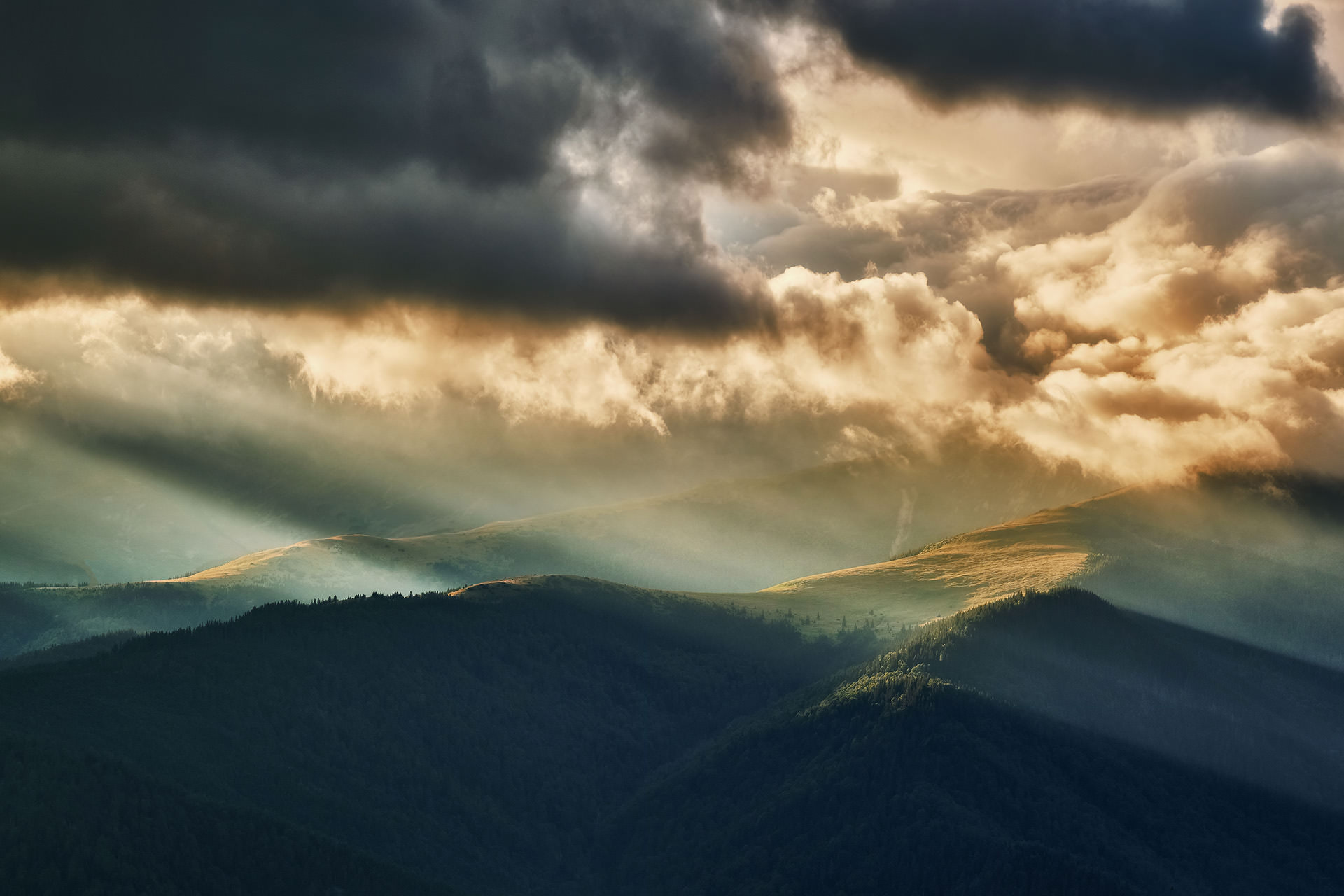
A fascinating natural area in any season, Parâng Mountains charms us with its mesmerizing alpine landscapes, including superb glacial lakes that mirror the sky, an incredibly rich plant and animal life, as well as the ancestral sheepherding traditions that are still very much alive in these lands. The highest peaks of Parâng resemble a castle in the sky, hiding impressive glacial cauldrons between them.
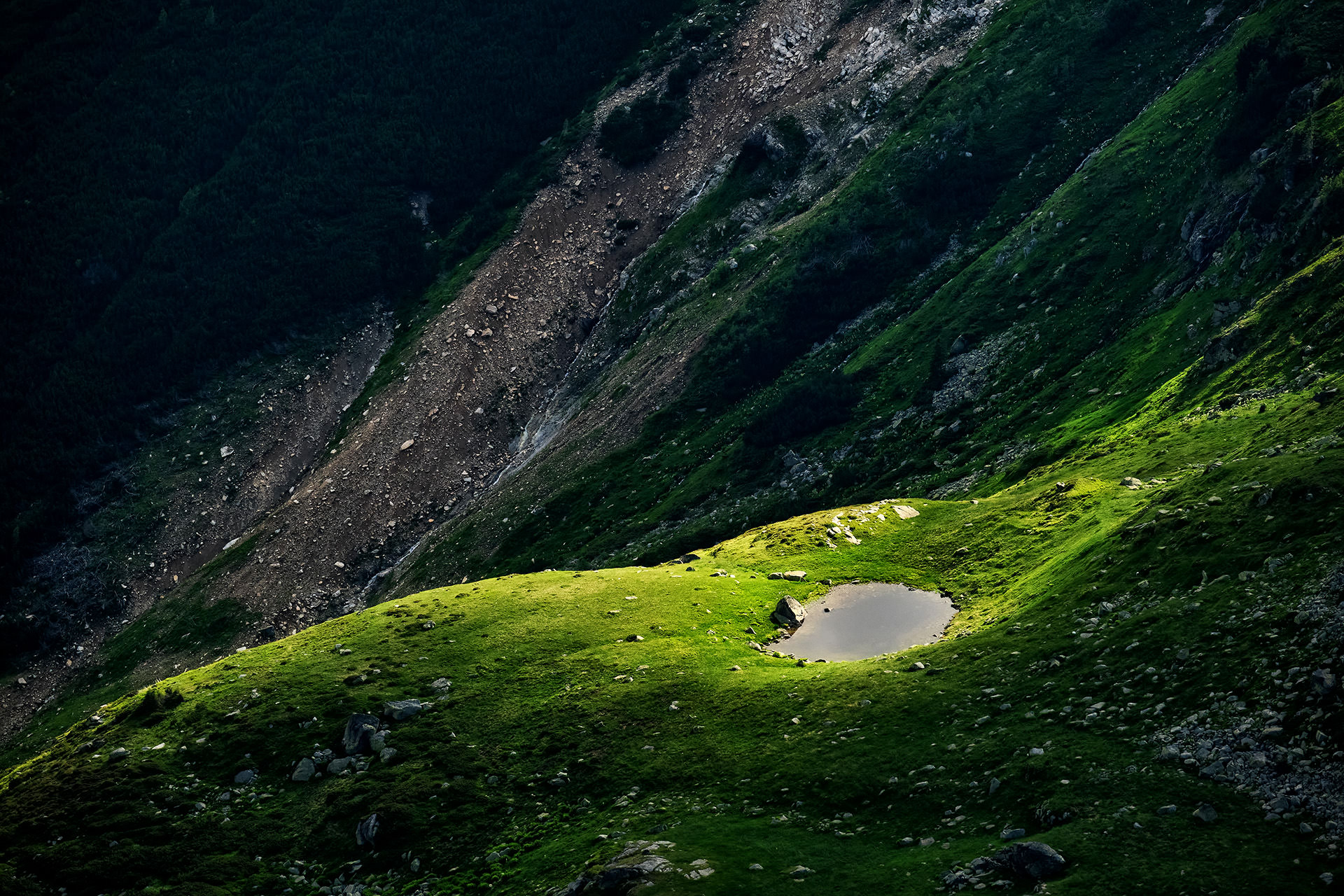
Of these peaks, Parângu Mare is the fourth highest in Romania, at 2519 meters. It is surrounded by more than 25 peaks that are over 2000 meters, creating its majestic silhouette. The views that open up from the high ridge are truly astonishing, with abrupt cliffs, enchanting lakes, deep forests and large pastures. The ridges branching towards the north are short and abrupt, while the ones towards the south are long and gentle.
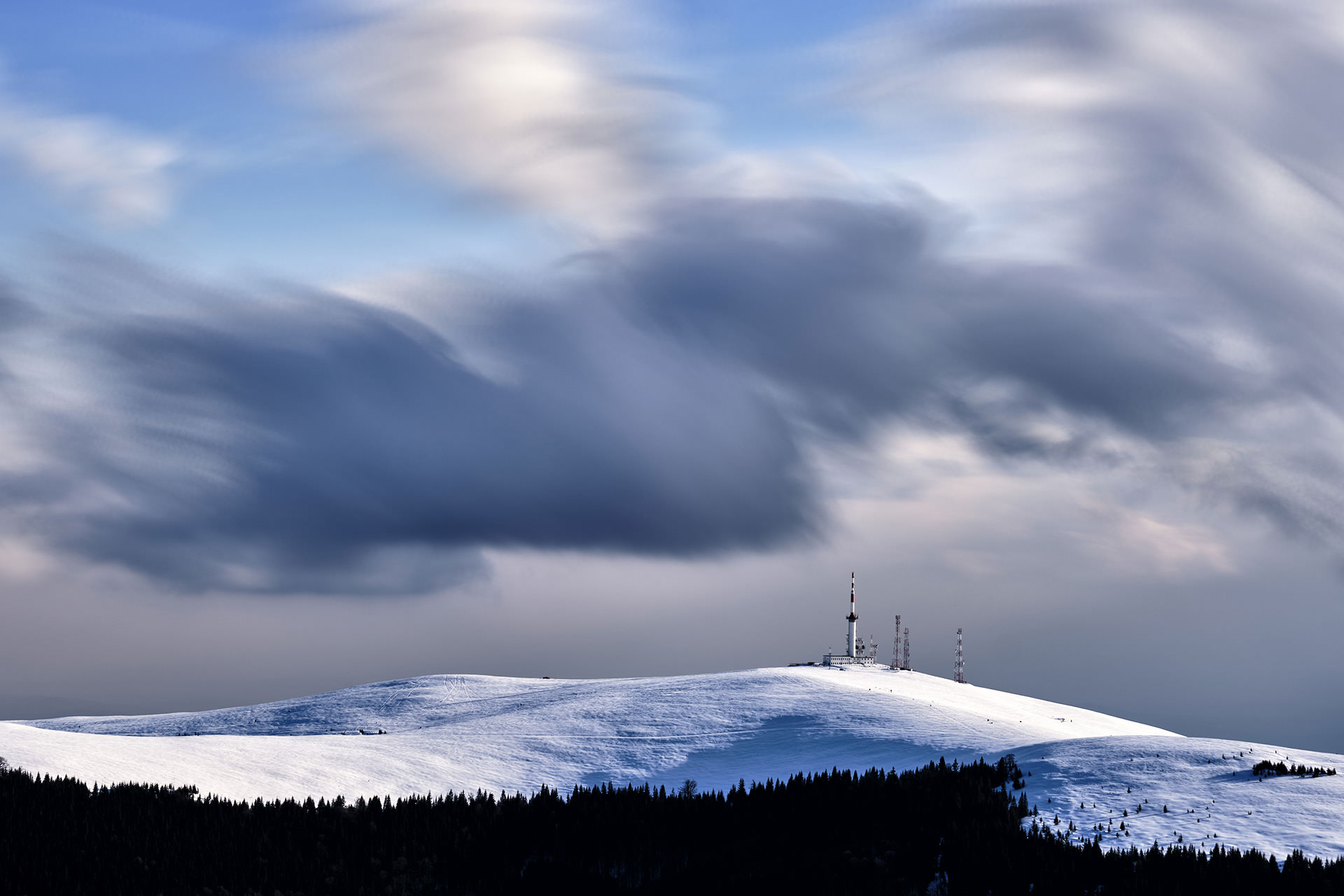


The glacial lakes that adorn the higher ridges of these Parâng Mountains are one of its highlights, creating breathtaking alpine landscapes. There are a few glacial cauldrons in Parâng and we can reach most of them within a day trip along several hiking trails. Depending on the season and weather, these enchanting lakes feature incredible colors, from turquoise blue to emerald green, while spring usually brings the magical explosion of the rhododendron blooms.
The most important glacial lakes of these mountains include Gâlcescu, Zănoaga Mare, Roșiile, Mândra, Slivei and Mija, with several smaller ones as well. This spectacular area can be discovered along some amazing hiking trails that reach deep into its wild heart, revealing breathtaking landscapes. The most popular and impressive is known as the Parâng Ridge Trail and it connects the highest peaks along 40 kilometers. It takes about 18-20 hours and it can be crossed from either end, connecting the upper chairlift station of Parâng Resort to a mountain pass in the east known as Curmătura Oltețului.


The Parâng Ridge Trail, while very long and quite difficult at times, can be hiked on shorter distances, one of the easiest parts starting on the Transalpina Road and reaching the Parângu Mare Peak, passing by some of the marvelous lakes. Other hiking trails ascend into these mountains from the south, north and west.
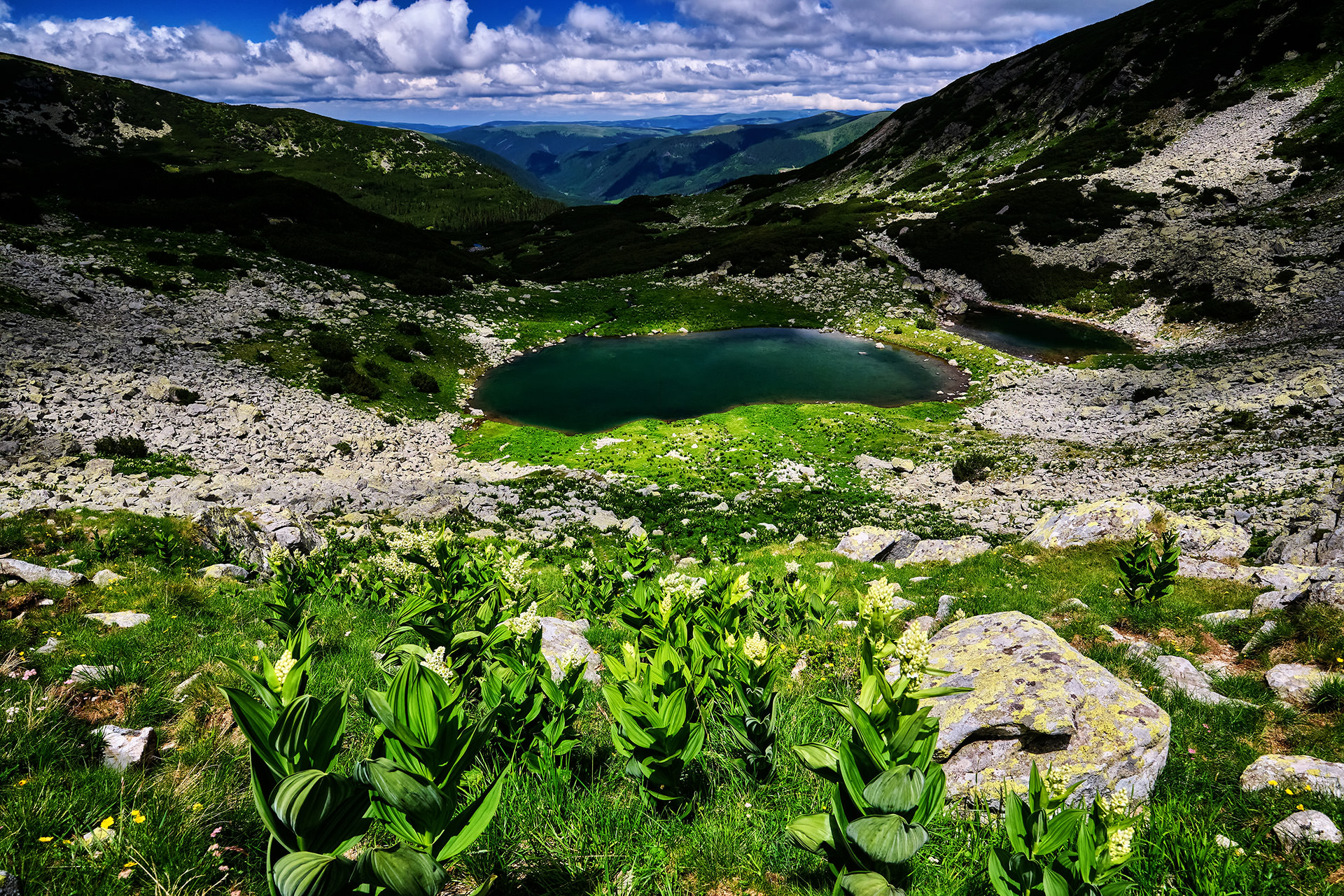
One of the most amazing hiking trails of the Carpathians follows the high ridge of Parâng Mountains, passing through some astonishingly wild landscapes.
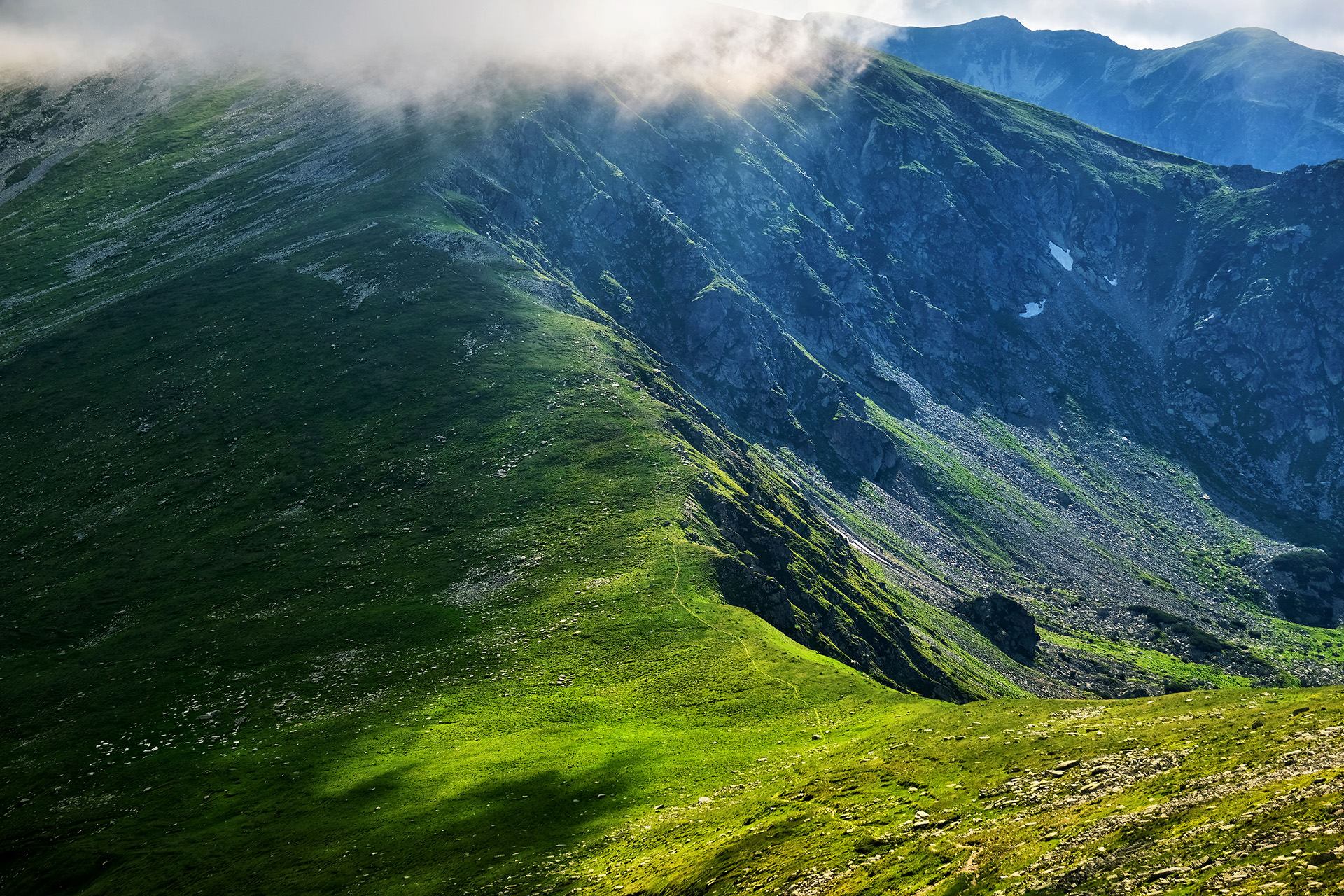

The exploration is greatly facilitated by the Transalpina Mountain Road, the highest one in the country, passing over the eastern ridges. Apart from the Transalpina road that crosses north to south, there is another national road (7A) that passes through these mountains from east to west, along the valleys of Lotru and Jieț rivers.
The wild Jieț Gorges can be reached from the town of Petroșani and all along its 5 kilometers, we can discover narrow canyons, small waterfalls and sometimes even wildlife. During some cold winter days, the valley becomes an almost ethereal destination, with the rock walls being covered in glistening waterfalls of ice. Further along, this road intersects Transalpina at Obârșia Lotrului and continues along the lush valley of the Lotru River.

After a few kilometers, it reaches the large Vidra Lake, created through a dam in the middle of the mountains. Surrounded by the evergreen woods, the lake has a length of about 9 km and the road follows its bends for most of it. There is also a new ski domain on the right ridge, offering an exciting ski slope and amazing panoramas of the lake. There used to be a resort on the banks of Vidra Lake, but it was deserted long ago. From the town of Petroșani, we can also reach the Parâng Mountain Resort, with several excellent ski slopes and accommodation spaces.

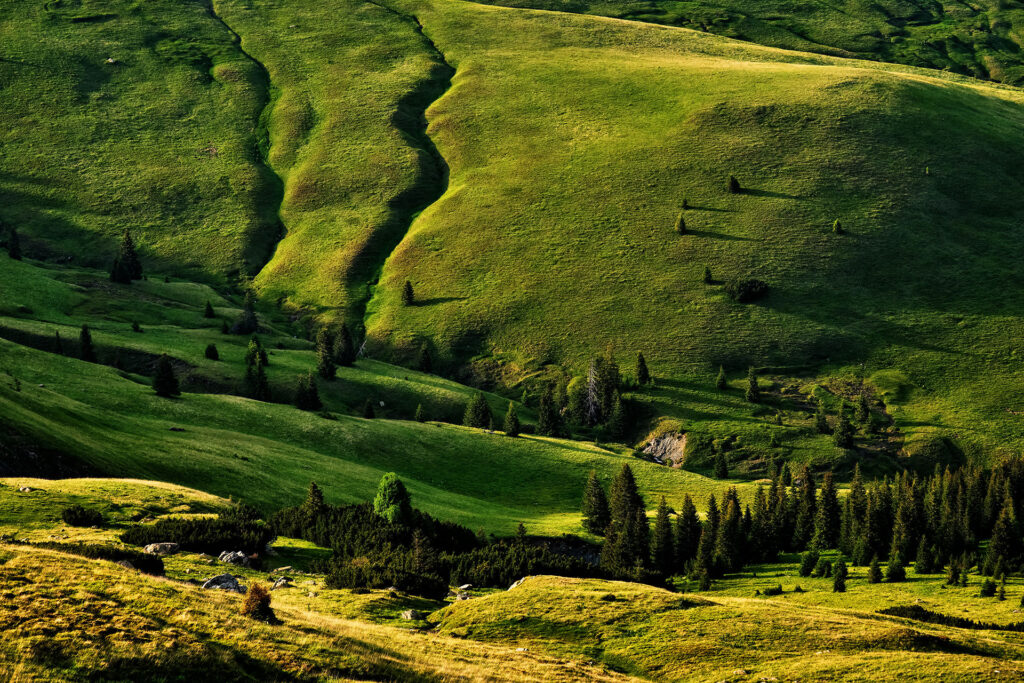
The western ridges of these mountains are bordered by the splendid valley of Jiu River, included in the Jiu Defile National Park. On the southeastern corner, the Galbenu and Olteț rivers have carved two astonishing valleys through a limestone portion of the mountains.
The incredibly wild Olteț Gorges can be found north of the Polovragi village and while quite short at just over 1 kilometer, it is actually one of the narrowest canyons in Europe. The walls of the two mountains are just a few meters apart, while the river can only be heard beneath the road.
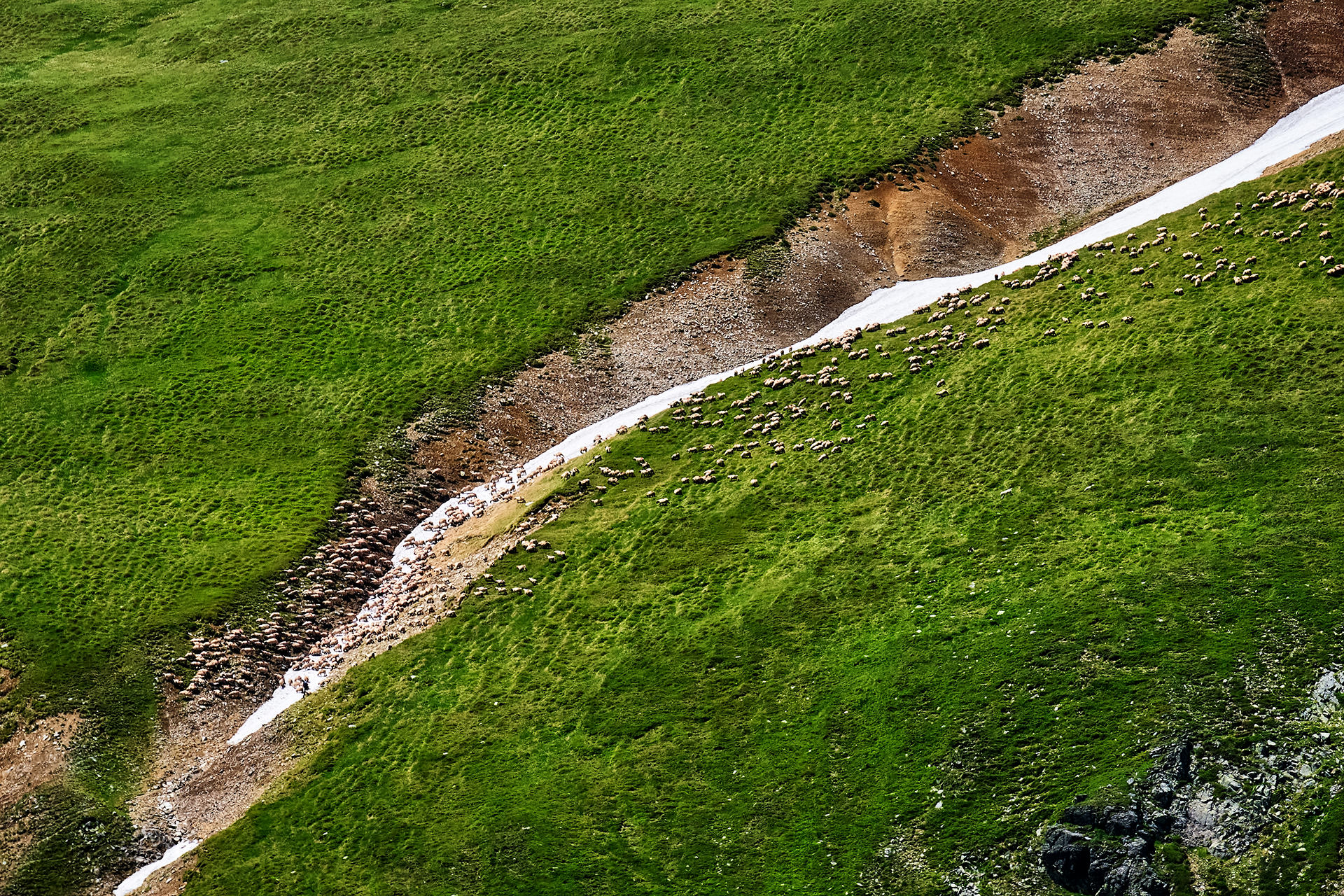
The idyllic valley continues all the way up into the mountains, revealing splendid scenery along the way and finally reaching the small Petrimanu Lake hidden between the ridges. A short way into the gorges, the fascinating Polovragi Cave opens up on the right and invites us to discover its treasures. The cave is a spectacular 10 km long labyrinth of tunnels and galleries created by the river over millions of years, only a short part of them included in the tourist experience.
Inside, we can discover its marvelous geological formations, including domes, stalactites, stalagmites, columns and basins, but also traces of its previous inhabitants. Both the gorges and the cave are natural reservations, protecting the unique landscapes, as well as the great diversity of vegetal and animal species.
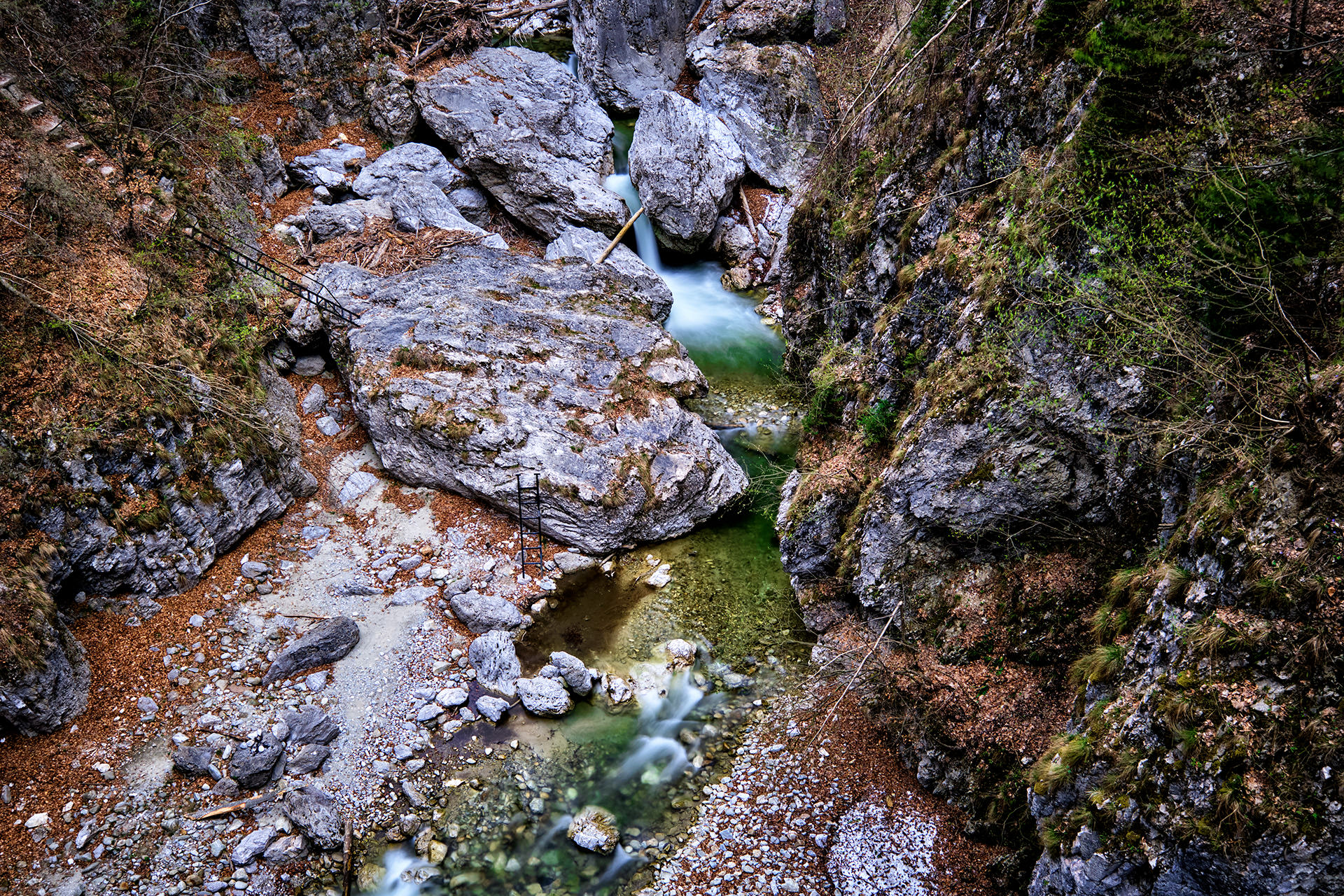
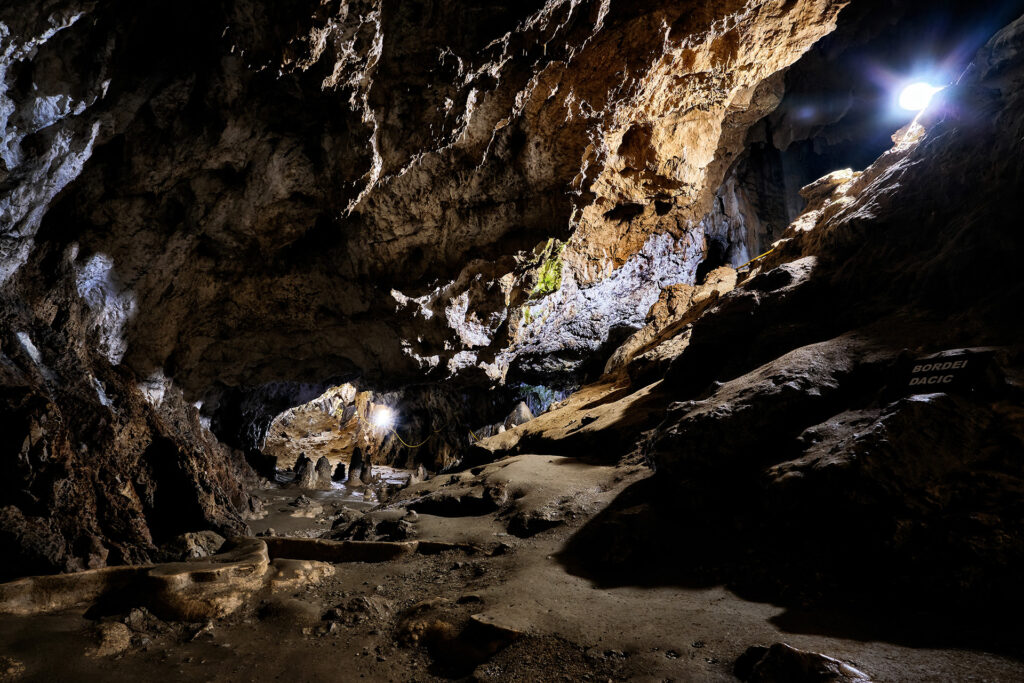
The nearby valley of Galbenu also features a small gorge area, where the impressive Muierii Cave can be explored. It was the first cave in Romania with artificial lighting and is also famous for the prehistoric human skull that was discovered within. It was dated to about 35.000 years ago and proved to have nord-African origins, completely changing entire migration theories.
It was also inhabited by cave bears and their skeletons can still be seen today, while medieval people used it as a shelter and refuge during perilous times. The 1 km long tourist itinerary also reveals its geological marvels, including unbelievable formations that were given suggestive surnames.

ACCOMMODATION IN PARâNG MOUNTAINS
Parang Lodge 3*
9.3 Rating from 756 Reviews!
Located in the center of the Rânca Mountain Resort, along the Transalpina Road, this amazing lodge offers excellent rooms with private bathrooms, a restaurant, a bar, a shared lounge and great views of the mountains!
Rusu Hotel 3*
8.7 Rating from 367 Reviews!
Located in the middle of Parâng Mountains in a charming valley, this superb inn is the perfect stop along the Transalpina Road. Surrounded by mountains from all sides, it features perfect rooms with all facilities and a delicious restaurant!
Transalpina Lodge 3*
9.1 Rating from 249 Reviews!
Located along the amazing alpine road, this lodge features unforgettable views of the surrounding mountains. It offers great rooms with perfect amenities, including private bathrooms, a shared kitchen and barbeque facilities!
Pingback: Jiu Defile National Park – Endless Struggle of a River -